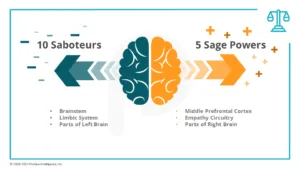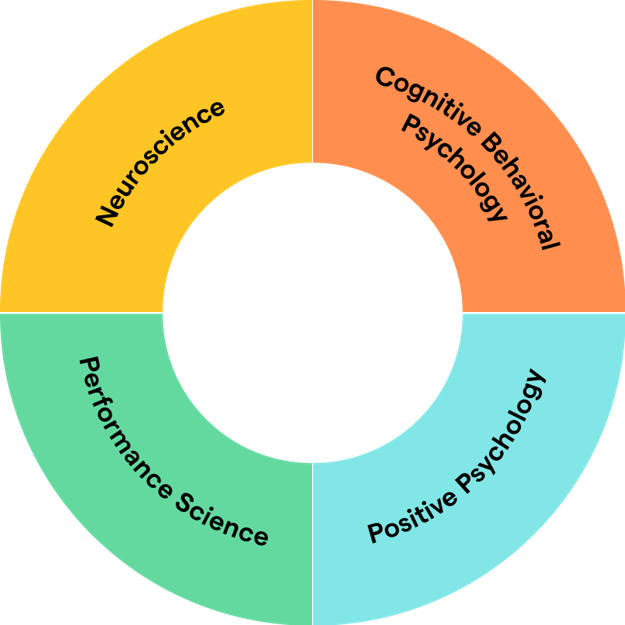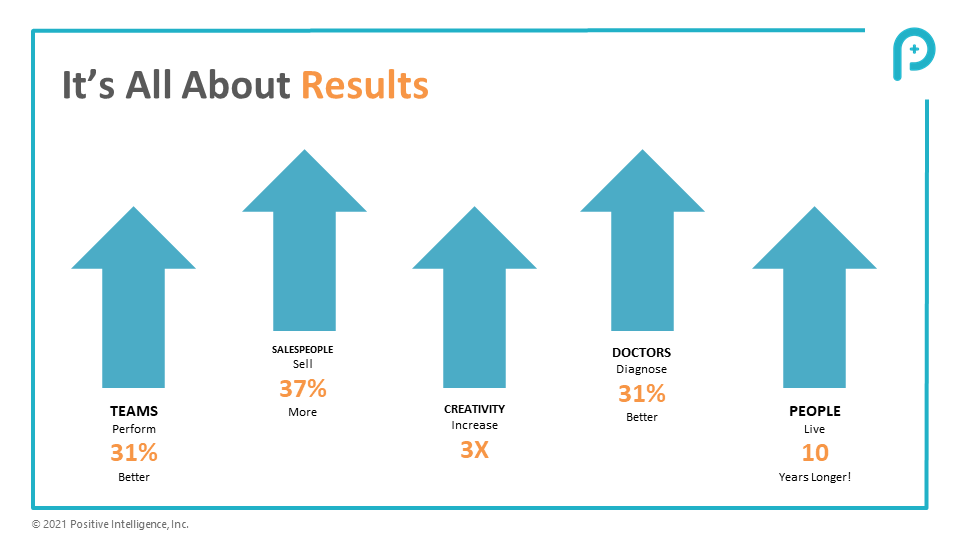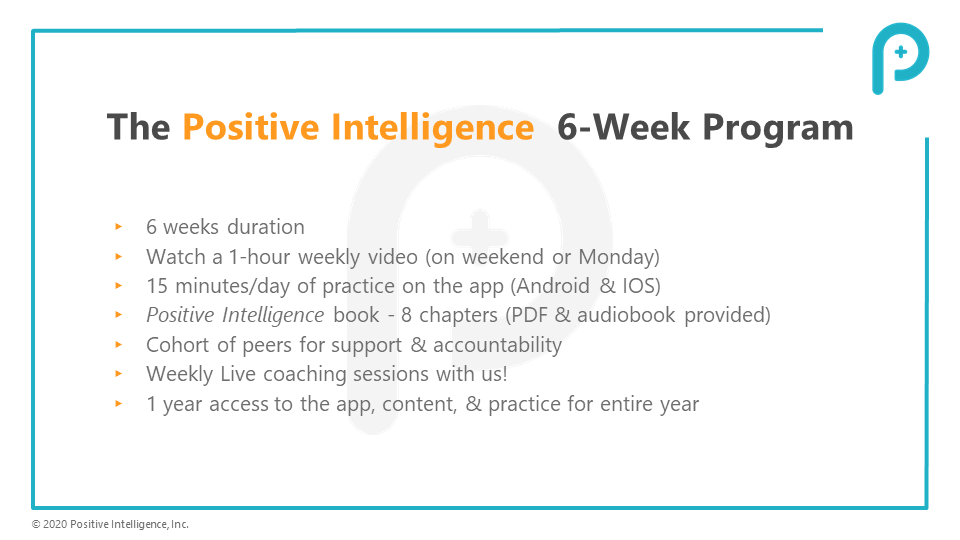Uniswap Trading Strategies and Mechanics Explained
To maximize your trading potential on Uniswap, leverage the wallet optimizer module to analyze and enhance your asset allocations. This tool will help you identify the best liquidity pools to engage with, improving your overall trading efficiency.
For actionable insights, utilize the swap insights module to track the latest swap trends. This provides critical data on price movements and trading volumes, allowing you to make informed decisions regarding your transactions. Coupled with the lp pool display, which visualizes liquidity contributions and rewards, you can tailor your strategy with a clear view of what’s working best.
Don’t overlook the importance of maintaining a detailed wallet tracking log. Recording your trades and adjustments enables you to assess performance over time and refine your approach. Lastly, employ the router tool utility to optimize your swap transactions, ensuring that you enjoy the best rates available while minimizing gas fees. By integrating these components, you’ll create a robust strategy tailored for success on Uniswap.
Understanding Uniswap Market Maker Mechanics
Use the token flow manager to monitor how tokens move through the Uniswap liquidity pools. This tool enables you to track incoming and outgoing trades, optimizing your market-making strategy. By analyzing the data, you can adjust your positions based on real-time token movements, enhancing your liquidity provision.
The slippage viewer provides insights into the price variations during a trade. Tracking slippage helps you determine the optimal time to execute trades or navigate around periods of high volatility. By understanding potential slippage, you can make informed decisions that protect your capital.
Wallet gas stats are crucial for managing transaction costs. By staying updated on gas prices, you can time your trades better, minimizing expenses. A close watch on these metrics allows you to choose moments when gas fees are lower, maximizing your profit margins.
Utilize the liquidity snapshot tool to assess the health of various pools. This tool provides a visual representation of liquidity depth, enabling smart allocation of your assets. By selecting pools with substantial activity, you can benefit from higher trading volumes and reduced impermanent loss.
The wallet fee breakdown gives a clear view of the transaction fees associated with your trades. By analyzing this data, you can adjust your strategies to minimize fees, leading to better net outcomes. It’s essential to keep these costs in check to improve your overall trading efficiency.
Explore the analytics interface screen for detailed market performance insights. This feature aggregates various metrics, allowing you to track price movements, volume trends, and liquidity changes. Regularly reviewing this interface helps in refining your trading strategies based on historical data.
Use the price path explorer to visualize potential trade outcomes. This tool displays how price changes might affect your transactions, offering insights into market behavior. By understanding different price paths, you can anticipate movements and adjust your strategies accordingly.
| Tool | Purpose |
|---|---|
| Token Flow Manager | Monitor token movements in liquidity pools |
| Slippage Viewer | Analyze price variations during trades |
| Wallet Gas Stats | Track transaction costs |
| Liquidity Snapshot Tool | Assess pool health and activity |
| Wallet Fee Breakdown | View transaction fees for better cost management |
| Analytics Interface Screen | Aggregate market performance data |
| Price Path Explorer | Visualize potential outcomes of trades |
Employ these tools effectively to enhance your trading performance on Uniswap. By integrating these insights into your strategy, you can become more adept at navigating market complexities and maximizing your returns.
Choosing the Right Liquidity Pool for Your Trades
Focus on liquidity pools with the highest volume and lowest slippage for your swaps. Use a swap data analyzer to compare different pools and identify optimal trading conditions. Pay attention to transaction histories and the average size of trades in each pool.
Utilize the interface config viewer to adjust your trading preferences and set parameters that align with your goals. Choose pools that align with your risk tolerance; high-volume pools reduce slippage but may have narrower price ranges.
Incorporate the wallet optimizer module to evaluate fee structures across pools. Lower fees can significantly impact profitability, especially for frequent traders. Prioritize pools that offer favorable fee tiers without compromising liquidity.
Monitor price trends and trading activity through the analytics interface screen. This data will help you discern emerging trends and timing for entry and exit points. Consistent monitoring enhances your decision-making process.
Implement the web3 order log to keep track of your trades and identify patterns that can guide future decisions. Reviewing transaction histories allows you to make more informed choices when selecting liquidity pools.
Leverage the smart routing monitor to automate the process of finding the best routes for your trades. This ensures you maximize your returns based on real-time data, decreasing the time spent searching for optimal swap conditions.
Stay adaptive; the DeFi ecosystem evolves rapidly. Regularly reassess your selected pools to ensure they continue to meet your trading strategy. By actively managing your liquidity selections, you can enhance your overall trading experience.
How to Manage Impermanent Loss in Liquidity Provision
Utilize tools such as a wallet lp viewer and wallet gas stats to closely monitor your liquidity positions and interactions. Regular analysis through a swap data analyzer gives insights into price movements, enabling you to make informed decisions about your liquidity provision. Actively track your liquidity with a liquidity snapshot tool, which helps you assess changes in value compared to merely holding assets.
Consider employing a wallet optimizer module to manage and mitigate exposure to impermanent loss effectively. This module can help you adjust your asset allocations dynamically based on market conditions. Monitor transaction costs and benefits through a wallet fee breakdown to ensure profitability.
The analytics interface screen can further enhance your decision-making by displaying real-time metrics. Use a wallet metrics visualizer for a clearer view of your active positions and potential losses. Implement a wallet tracking log to keep a detailed history of transactions and performance, giving you the ability to analyze long-term trends.
Additionally, leverage a crypto dashboard preview to visualize market movements and liquidity pair performances effectively. This allows for strategic adjustments, such as quick shifts in asset allocation or withdrawal from liquidity pools during times of high volatility. Make use of a token exchange router to facilitate swaps that can rebalance your portfolio and reduce risk exposure in real time.
For further insights and guidelines on managing impermanent loss, visit Uniswap’s documentation.
Effective Price Range Strategies for Trading on Uniswap
Utilize a price range strategy that leverages Uniswap’s concentrated liquidity feature. By setting your price ranges strategically, you can maximize your yield. Focus on trading pairs with high volume and volatility. Use an analytics interface screen to monitor the historical price movements of the assets you track.
Track your liquidity positions with an lp tracking app. This allows you to adjust your price range dynamically based on market movement. Regularly check the crypto dashboard preview for insights on liquidity distribution and price trends. Being informed enables you to optimize your strategy continuously.
Incorporate a trading rate calculator in your analysis. Use it to assess potential profits and losses across different price ranges. This helps in understanding the risk-reward profile of your trades.
Consider using the router tool utility to execute trades efficiently. This tool optimizes transactions by finding the best available paths for your swaps, minimizing slippage. This helps you maintain better control over your trading outcomes.
An interface config viewer can be especially handy for customizing your trading preferences. Configure your settings to display relevant metrics and tools that align with your strategy, ensuring quick access to important data while trading.
By employing these strategies, you’ll enhance your trading experience and increase your chances of success on Uniswap. Stay engaged, monitor your positions, and adapt as market conditions shift.
Utilizing Arbitrage Opportunities with Uniswap
Begin monitoring price discrepancies across different decentralized exchanges. Utilize tools like the router tool utility for quick swaps and identify profitable trades. By taking advantage of faster transaction speeds on Uniswap, you can capitalize on fleeting arbitrage opportunities.
Set up the wallet connection module to ensure seamless transactions. This feature allows you to connect multiple wallets to access different DEXs and increase your chances of finding arbitrage situations. Keep a close watch on the wallet tracking log to analyze transaction history and identify patterns in your trading activities.
Employ the token flow manager to manage your assets effectively. This tool helps you track the movement of tokens in and out of your wallet, giving you valuable insights into market fluctuations. Combine it with the token approval viewer to streamline the process of approving tokens for trading.
Integrate the swap insights module to receive real-time data on various trading pairs. It provides you with key information about price changes, liquidity, and existing arbitrage opportunities. Regularly check this module for updated insights to make informed trading decisions.
By leveraging these tools, you can enhance your arbitrage strategies significantly. Continually evaluate the market and adjust your tactics according to the data provided by your modules. Success in arbitrage trading lies in quick decisions based on reliable information.
- Monitor multiple exchanges concurrently.
- Utilize the router tool utility for fast swaps.
- Keep track of transaction history with the wallet tracking log.
- Manage token transactions through the token flow manager.
- Access real-time data with the swap insights module.
Tracking and Analyzing Trading Performance on Uniswap
Utilize a trading rate calculator to assess your transaction efficiency on Uniswap. This tool provides insights into your trading rates, allowing for better decision-making.
Implement a wallet fee breakdown to understand the costs associated with each transaction. This breakdown includes gas fees and other expenses that may affect your overall profitability.
Take advantage of a liquidity snapshot tool to analyze the state of liquidity in the pools you are interested in. Understanding liquidity levels helps in timing your trades effectively.
Employ a token flow manager to track incoming and outgoing tokens in your wallet. This visibility ensures you have a clear picture of your holdings and can make informed trading decisions.
Monitor wallet gas stats to gauge the average gas prices during your transactions. Identifying optimal times to trade can save costs on gas fees.
Make use of an interface config viewer to customize your trading environment on Uniswap. A tailored interface can facilitate smoother transactions and enhance your trading experience.
Utilize a slippage viewer to understand potential price changes during trades. This tool helps in setting appropriate slippage limits for more predictable trade outcomes.
Explore a price path explorer to investigate price movements over time. Understanding price trends can inform your trading strategy and potential entry or exit points.
Keep up with bridge fee analytics if you are transferring assets across networks. Being aware of these fees aids in budgeting and optimizing your trades.
Utilize a wallet tracking log for detailed record-keeping of your transactions. This log can help analyze past trades and inform future strategies.
Review an lp pool display to assess the performance of liquidity pools you participate in. Knowing how your pools are performing can guide your investment strategy.
Integrate a dex engine module for deeper analytics on exchange performance. This module provides extensive data to assist in fine-tuning your trading approach.
For further resources on tracking performance, visit www.uniswap-exchanges.net price web3.
Q&A:
What types of trading strategies can I utilize on Uniswap?
On Uniswap, traders can explore various strategies including arbitrage, liquidity provision, and automated trading through bots. Arbitrage involves comparing prices on different exchanges to capitalize on discrepancies. Liquidity provision allows users to earn fees by supplying tokens to liquidity pools. Automated trading strategies use bots to execute trades based on predefined criteria, helping traders optimize their entry and exit points based on market conditions.
How does Uniswap determine the price of tokens during trades?
Uniswap employs an automated market-making model that uses a formula to determine token prices. Prices are set based on the ratio of tokens in a liquidity pool. When a trade occurs, the pool is adjusted according to the amount of tokens swapped. This means that higher demand for a token causes its price to increase as the ratio changes, while selling the token typically lowers its price due to the same adjustment in the pool ratio.
What risks should I be aware of when trading on Uniswap?
Several risks come with trading on Uniswap. One significant risk is impermanent loss, which occurs when the price of tokens in a liquidity pool fluctuates compared to holding tokens outside of the pool. Additionally, there are concerns regarding smart contract vulnerabilities; if a bug is present in the code, it can lead to loss of funds. Lastly, market volatility can lead to significant price swings, which may impact the profitability of trades. It’s essential for traders to conduct thorough research and manage their risk exposure effectively.
Can I use leverage when trading on Uniswap?
Uniswap does not natively support leverage trading like centralized exchanges. However, traders can use third-party platforms that integrate with Uniswap to access leveraged trading options. Leveraged trading increases potential gains but also amplifies the risk of losses. Therefore, it’s advisable to approach leverage with caution and to understand the mechanics fully before engaging in such practices.
How can I provide liquidity on Uniswap, and what are the potential rewards?
To provide liquidity on Uniswap, you need to deposit equal values of two tokens into a liquidity pool. In return, you receive liquidity provider (LP) tokens, representing your share of the pool. As trades occur, a portion of the transaction fees is distributed among all liquidity providers based on their share of the pool. The rewards can vary based on trading volume and the number of liquidity providers. It’s a way to earn passive income, but providers should be aware of the risks of impermanent loss that may arise from price fluctuations of the tokens they hold.









